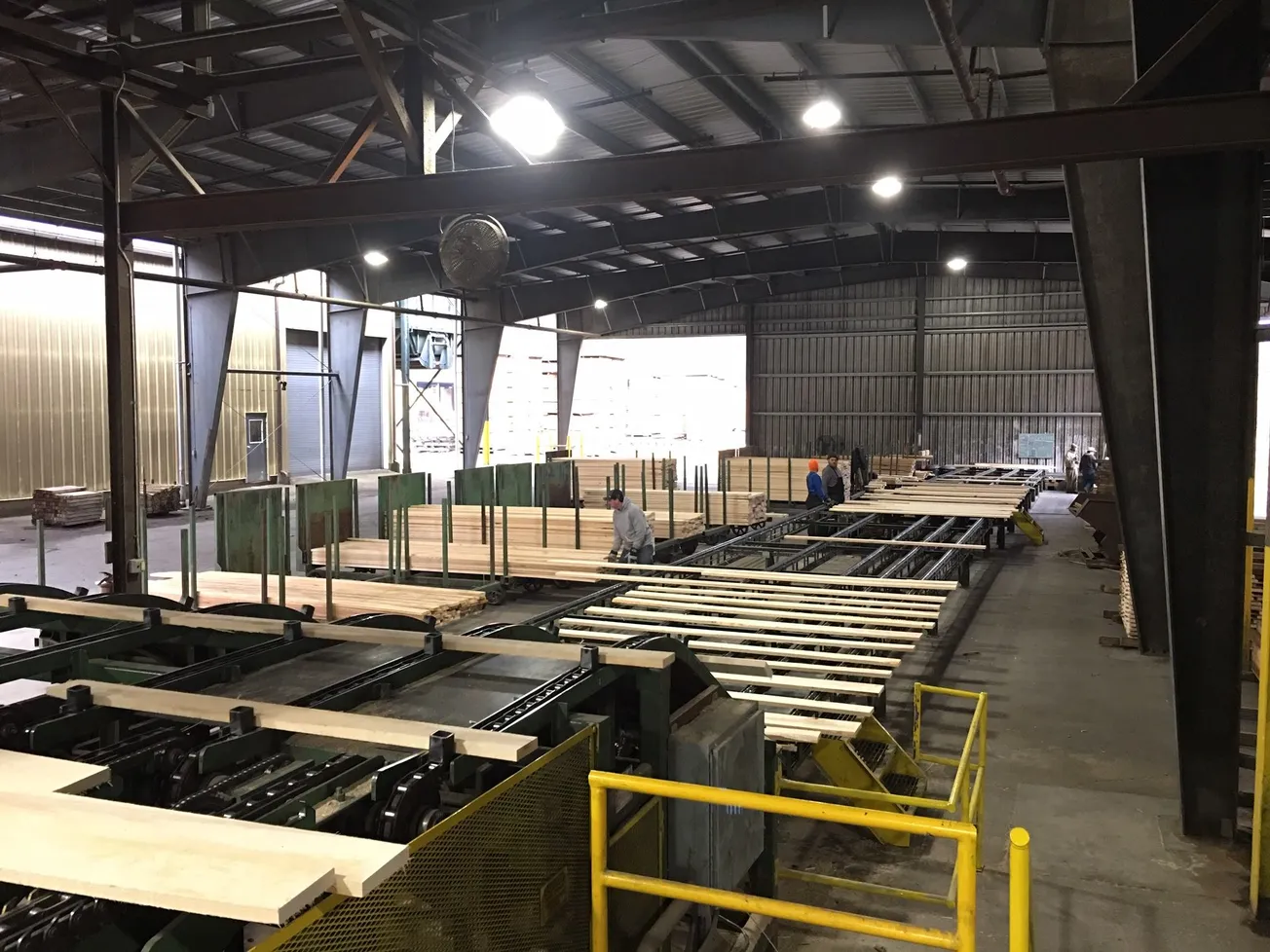Table of Contents
Before we get to the technical “how to” of giving price, we must first talk about our attitude before we make the call. We convince ourselves that the customer is going to love us and our price and we are, positively for sure, going to get the business. When we are able to thoroughly convince ourselves of this, every time, before we make our calls, we will sell more, guaranteed.
The opposite is also true. If we are timid in our hearts, we will sell less and for less profit. The words don’t matter if our hearts aren’t right.
How to Give the Price — “Which Is a GREAT Price”
Us: “Good morning, Sarah. (After the introductory small talk) I’ve got a great deal for you on the Triple-A studs you love, how many can you use?”
Eight out of 10 times the customer will ask, “How much are they?”
Us: “That’s the icing on the cake, Sarah. They get into you at #350/MBF, which is a great price, how many can you use?”
The exchange above does the following for us:
We have asked for the order twice. Our closing percentage is based on how many times we ask for the order per year, not how many calls we make or inquiries we cover. Most sellers do not ask for the order, others only ask once. The above format allows us to ask for the order, twice, in a natural way.
By holding back the price on the first part of the offering we force the customer to engage with us. Humans want to know what’s behind the curtain; we can’t help ourselves.
Sets the tone of the call. This is a sales call, not a quote call. Obvious on paper, but not so in real life. If we let the customer set the tone, 99% of the time it will be a “Thanks for the quote, I’ll let you know” call.
The phrase “which is a great price,” when delivered with conviction, will convince the customer or at least slow the price grind.
Covering & Inquiry
When we come back to a customer with a covered inquiry, there is a specific way to come into these return conversations that works better for us.
Us: “Hello, John, got us covered on that 2×4 10’. Did you buy that yet?”
Customer: “No, not yet.”
Us: “Have you heard any numbers?”
Customer: “I’ve got a couple.”
Us: “What have you heard?” When we are a combination of calm and confident, 80% will tell us what they are hearing. If we act like this is an intrusive question, the opposite is true. When they tell us the numbers first that gives us an advantage.
Many customers will turn it around:
Customer: “You’re selling me. What’s your price?”
Us: “I can get it into at $475/MBF, which is a great price, how many can you use?”
A bolder approach:
Us: “I’ve got us covered on that 2×4 10, how many can you use?”
Customer: “Funny. What’s your price?”
Us: “That’s the icing on the cake, John. I can get them into at $475/MBF, which is a great price, how many can you use?”
“Your Price Is Too High”
We will hear this from customers, whether we have the best price or not. When a customer tells us our price is too high the first thing we must do is dig in on ALL the details. Often the lower price is missing a couple key items, or the customer would have already bought it. After that:
Customer: “Your price is too high.”
Us (incredulously): “Really? We’ve been selling really well at this price. What are you thinking on price?” NOT: “Okay, where do I need to be?” This is weak and will lead to fewer orders and low margin orders.
If we have the best price, we will have to fight for the order and if we don’t have the best price, we will have to fight for the order. Sellers who think that price matters are building their sales house on sand. We come into each call with the conviction that our deal is great. If we have to negotiate, so be it, but we will not negotiate with ourselves. We are already convinced.









